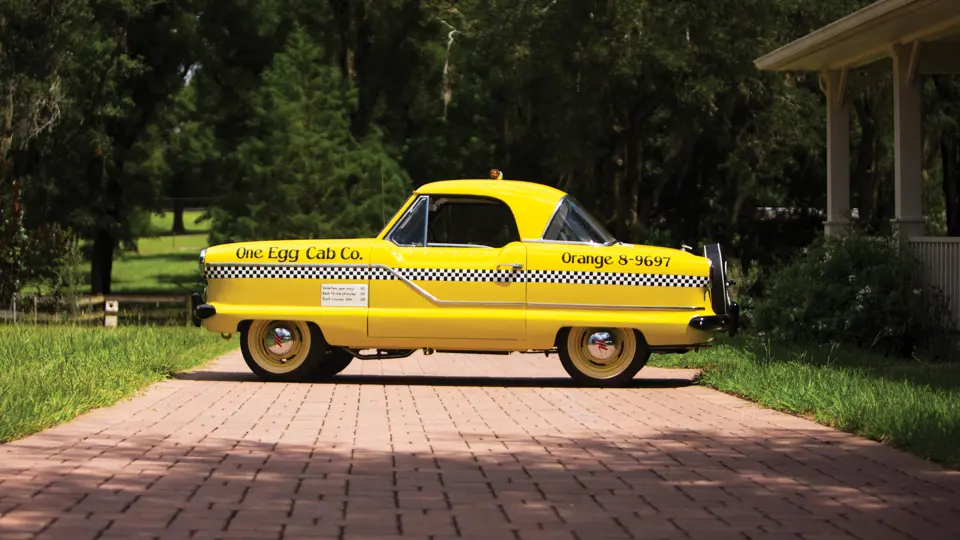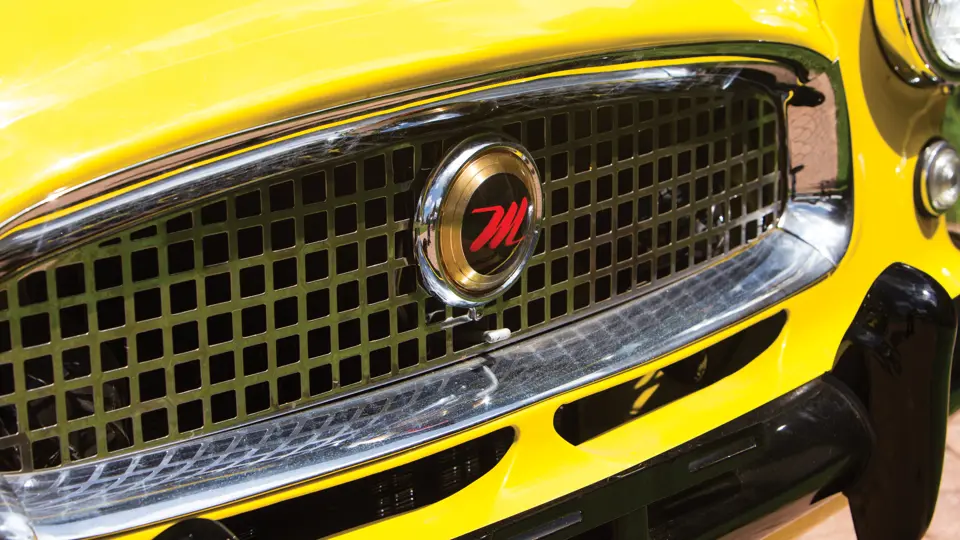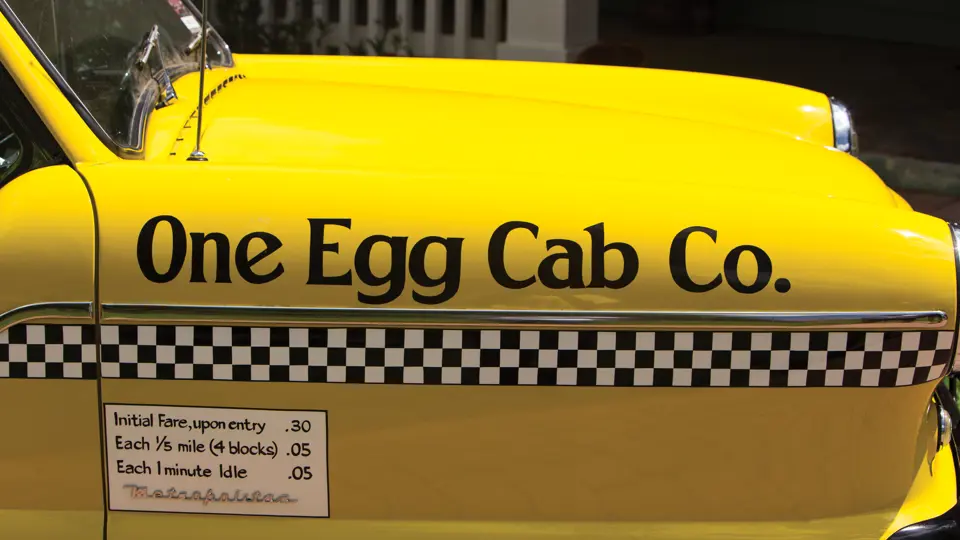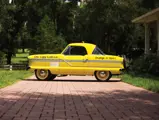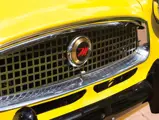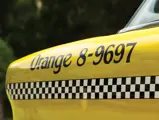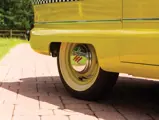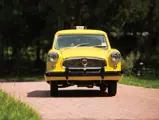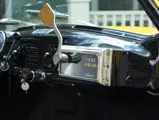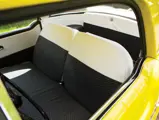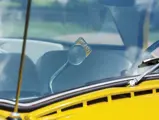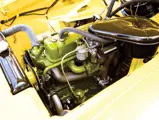55 bhp, 1,489 cc Austin A-50 inline four-cylinder engine, three-speed manual transmission, front independent coil-spring suspension with wishbones, live rear axle with semi-elliptical leaf springs, and four-wheel Girling hydraulic drum brakes. Wheelbase: 85 in.
Hudson Motor Car Company and Nash-Kelvinator combined to form American Motors on May 1, 1954. The merger was a survival move, not only for Hudson but for Nash as well. Nash itself had merged in 1937 with Kelvinator Corporation, the well-known maker of refrigerators. This was brought about because company founder Charles Nash wanted George Mason as his executive vice-president; in order to get Mason, he had to buy Kelvinator. Under Mason, the company broke new ground in several areas, including the importation of cars built jointly by Nash, British automaker Donald Healey, and Italian coachbuilder Pinin Farina. Mason’s philosophy was to offer buyers something the Big-Three did not, and in 1950, he broke new ground yet again with the compact Rambler.
With still another trick up his sleeve, Mason hatched the idea for another collaborative automobile. The company brought to market a new model for 1954 called the Metropolitan, a jaunty hardtop and convertible duo built in Britain. The cost was $1,445 for the coupe and $1,495 for the convertible. Mason did not want a “cheap” car, so “Weather-Eye” heat and ventilation, a radio, turn signals, and a nylon/vinyl interior were made standard. Looking not unlike a three-quarter version of the big Nash, the little car featured enclosed front wheels and a continental spare tire out back. Styling was based on the NX1 show car, with styling by William J. Frajole and bodies built in England by Fisher and Ludlow, while its four-cylinder engine came from Austin, which did the final assembly. Both Hudson and Nash dealers offered the car with claims of up to 40 mpg.
Beginning with the 1956 model year, Metropolitans were equipped with a new, larger engine. Called the A-50, the 1,500 cc cast-iron four-cylinder featured overhead valves and offered 52 horsepower (a 10-horsepower improvement). The year 1959 marked the addition of several improvements to the model, including an outside trunk lid greatly improving access to the rear storage area. Front vent windows were added to improve ventilation, and larger tires, 5.60x13s, were fitted, along with two inches more seat travel and redesigned seats.
The restoration of this Metropolitan was completed three years ago, and it has been driven less than 15 miles since then and stored in a climate-controlled garage. According to the consigner, it starts easily and drives beautifully. It is one of just 969 Metropolitans produced for the 1961 model year.
The epitome of cute, this Metropolitan is even more so, cleverly painted in taxi livery complete with amber roof light and cab meter mounted inside. It is doubtful if any Mets actually did cab duty, but it sure is fun and will no doubt be a hit wherever it appears—and for whoever hops in!


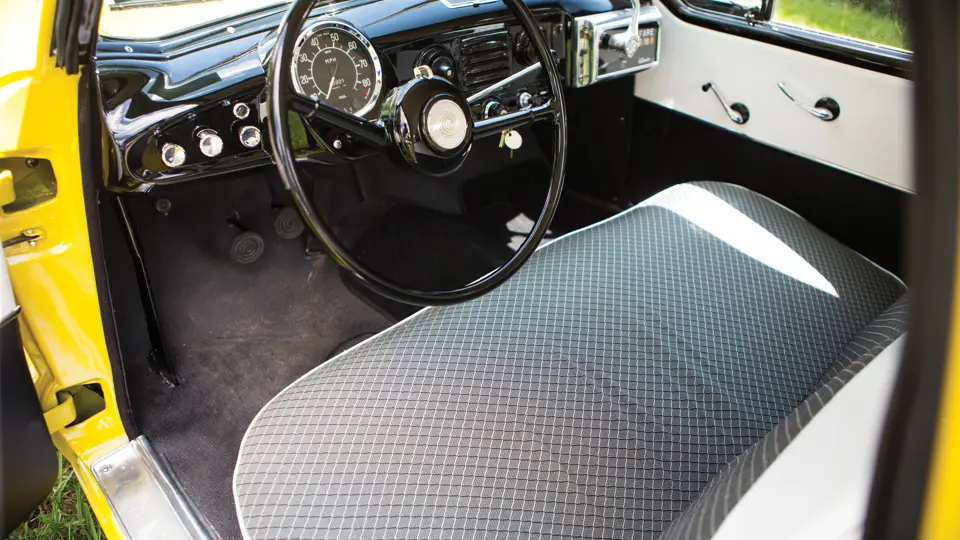

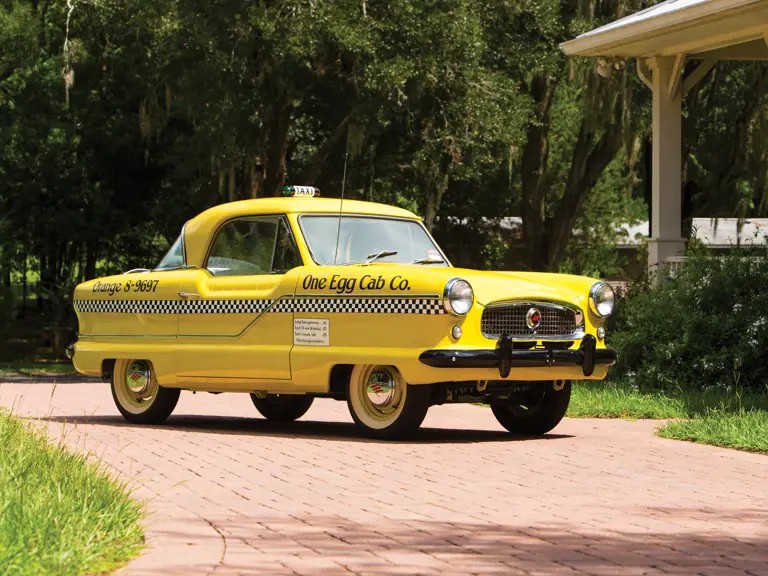
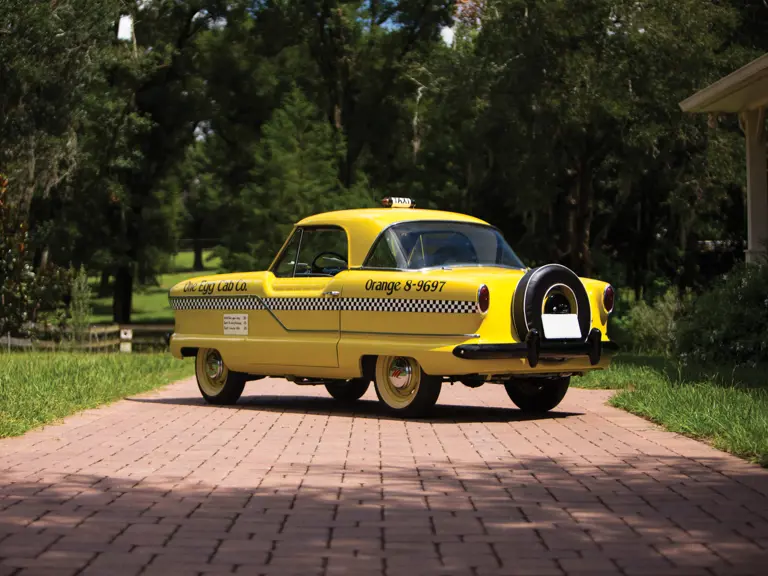
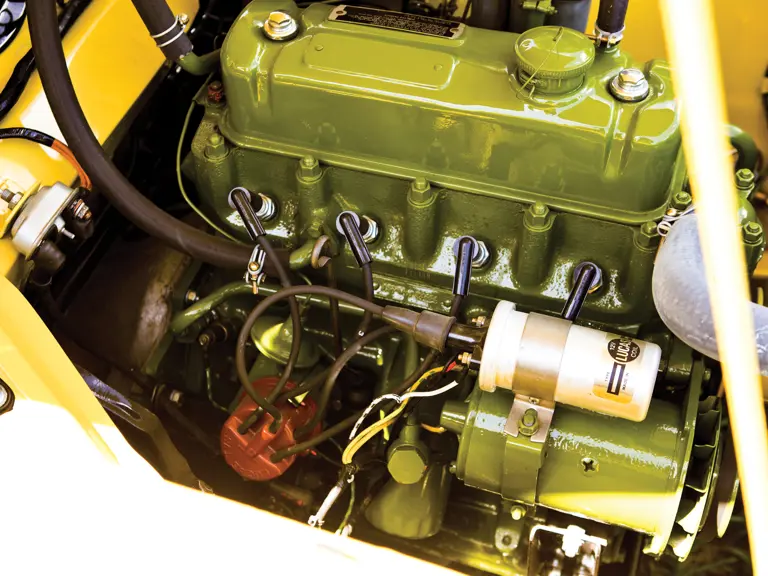
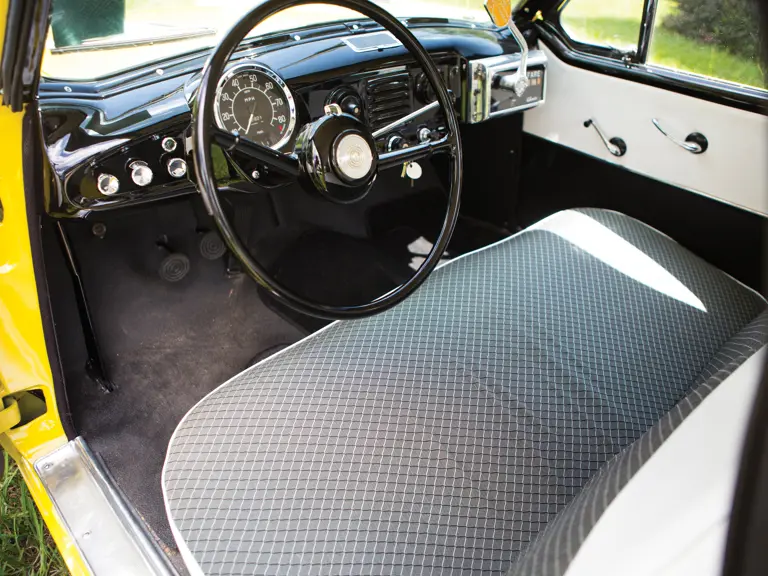
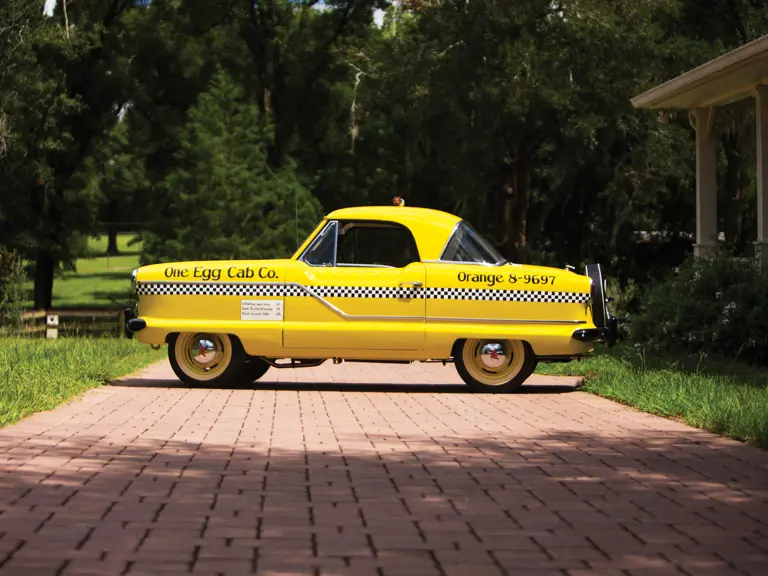
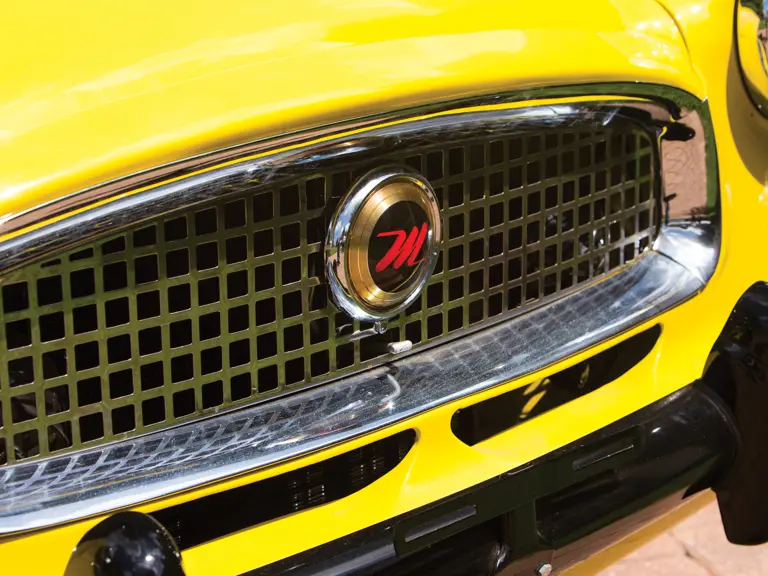
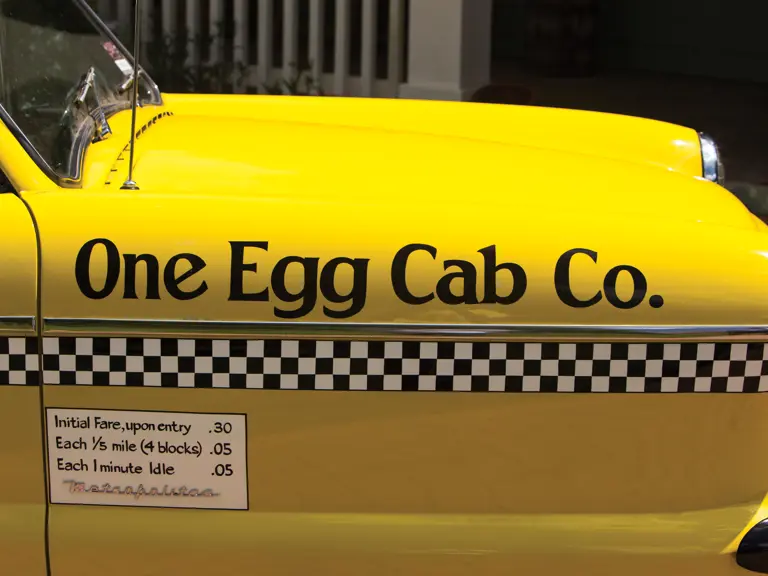
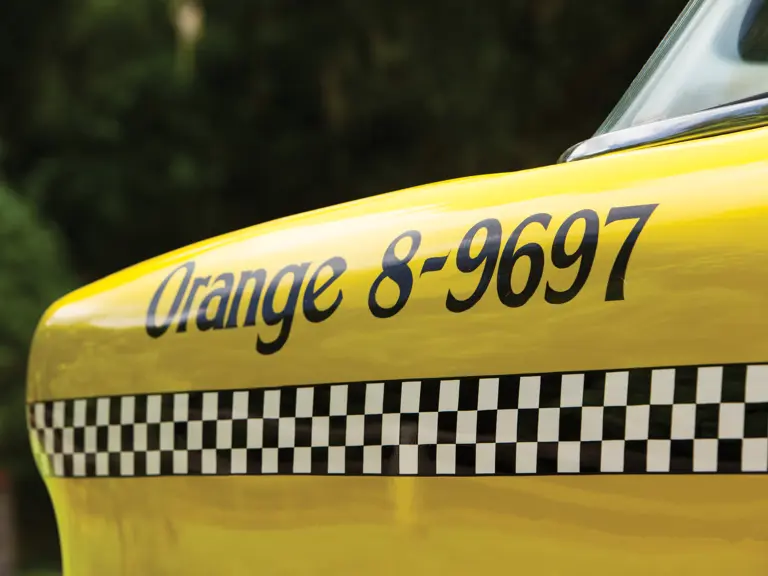
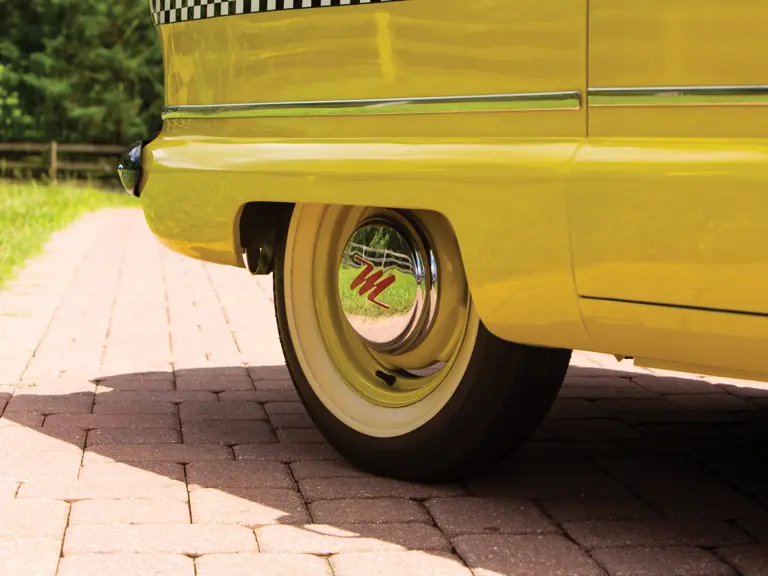
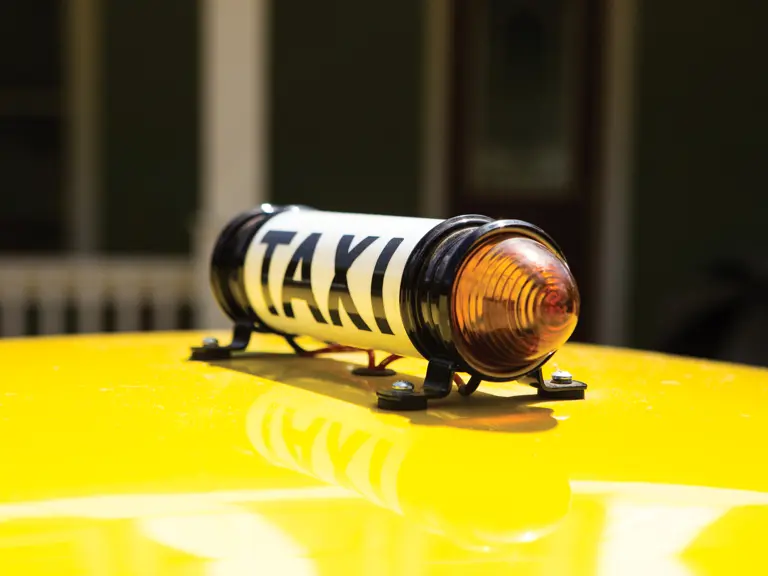

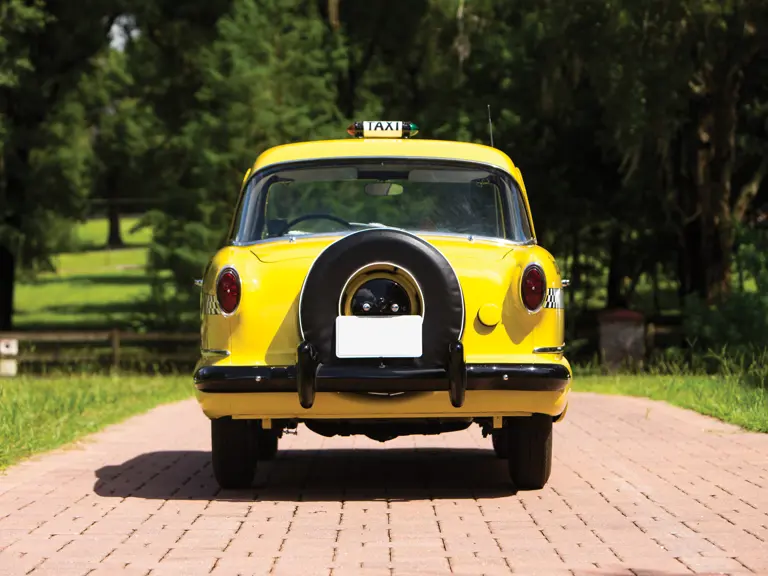
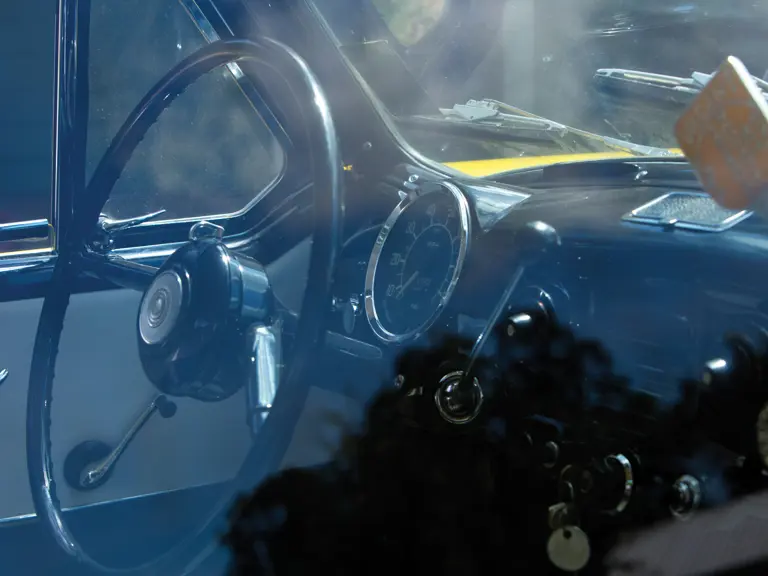


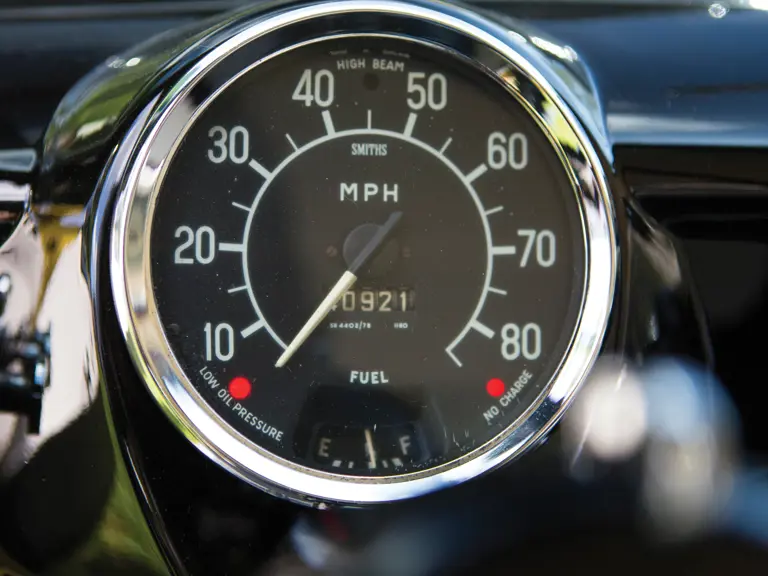
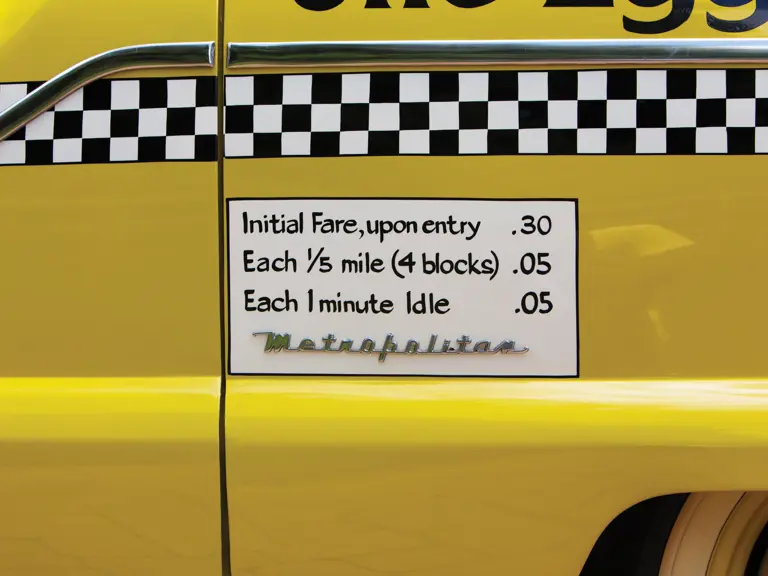
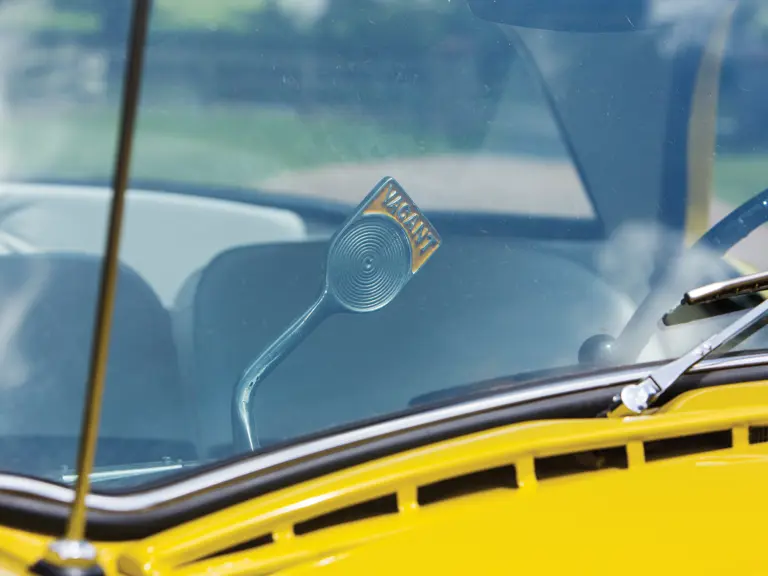
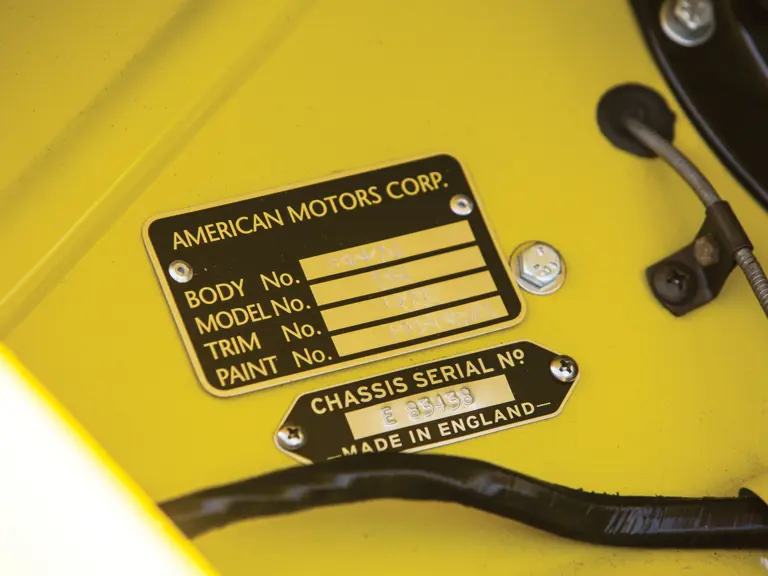
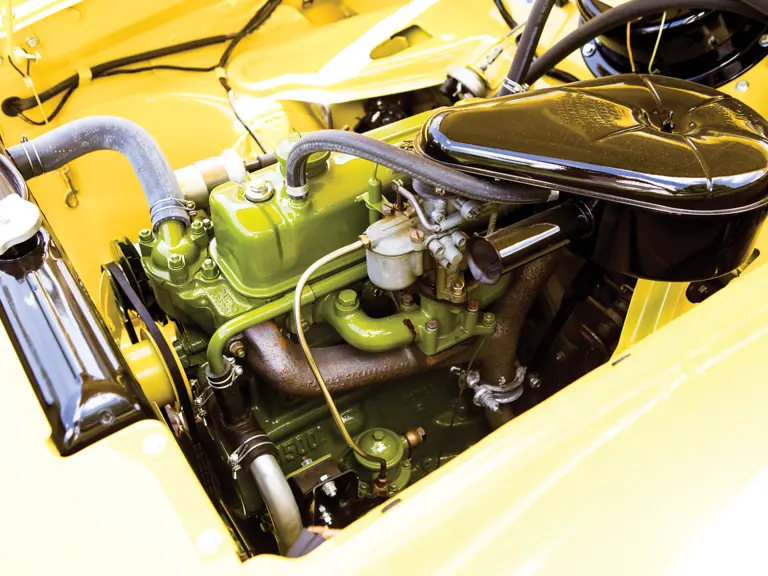
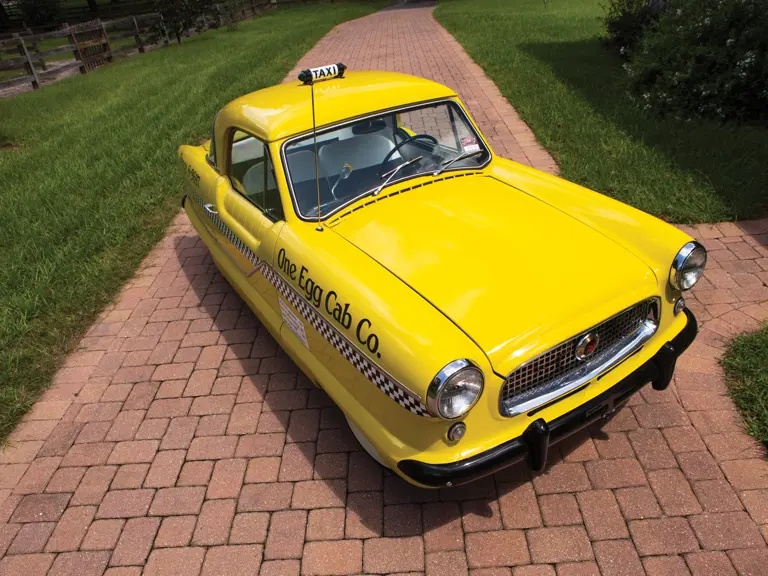
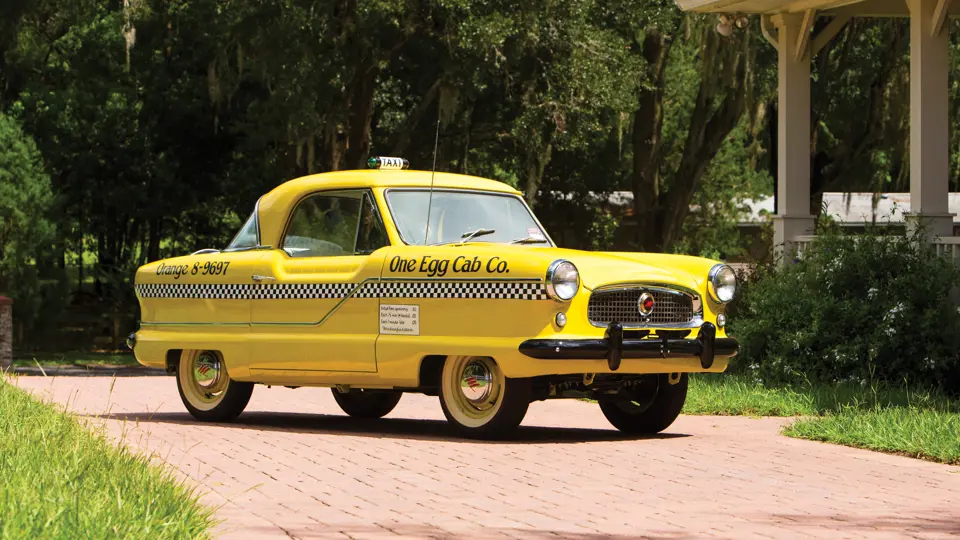
 | Hershey, Pennsylvania
| Hershey, Pennsylvania
